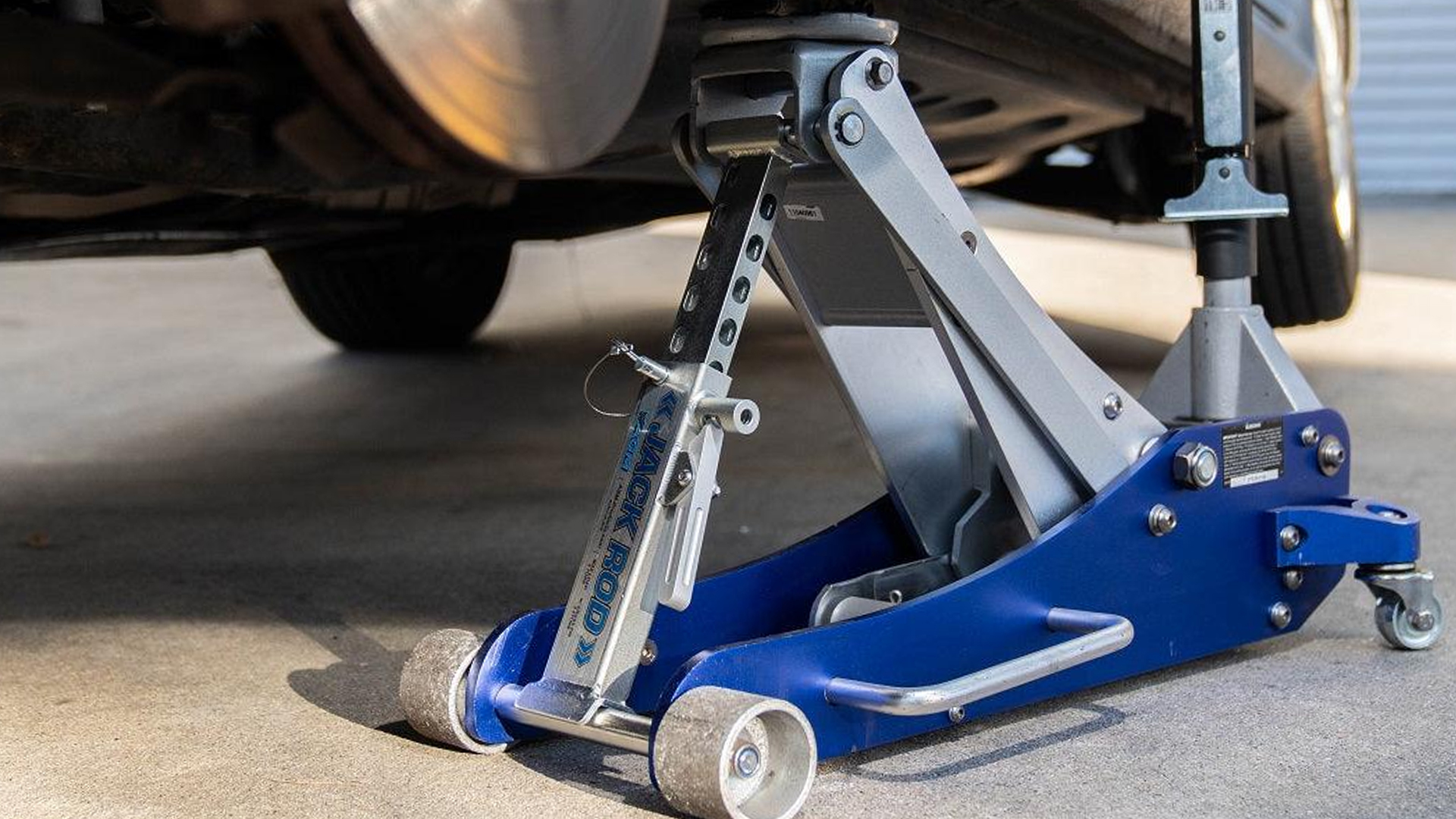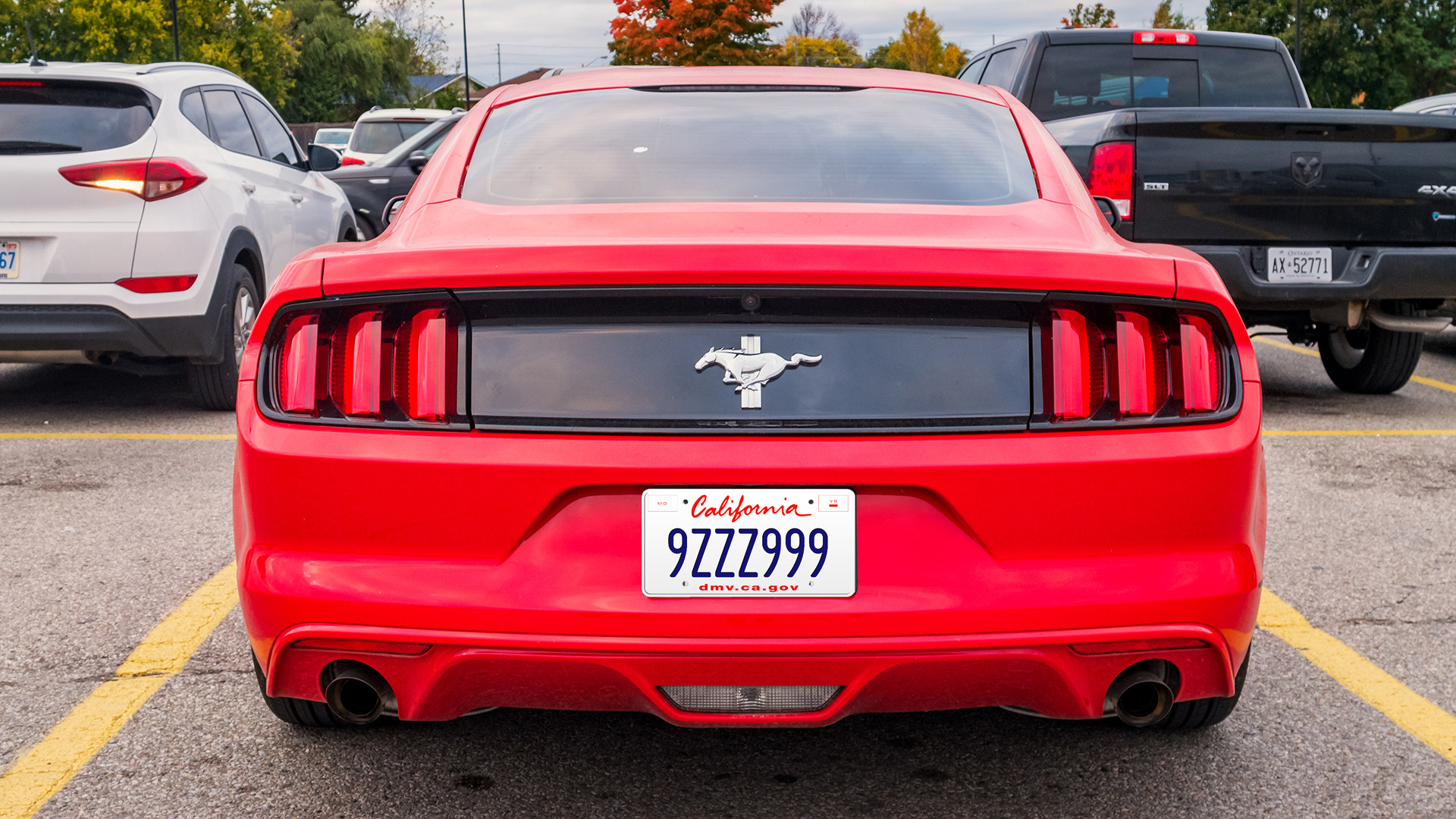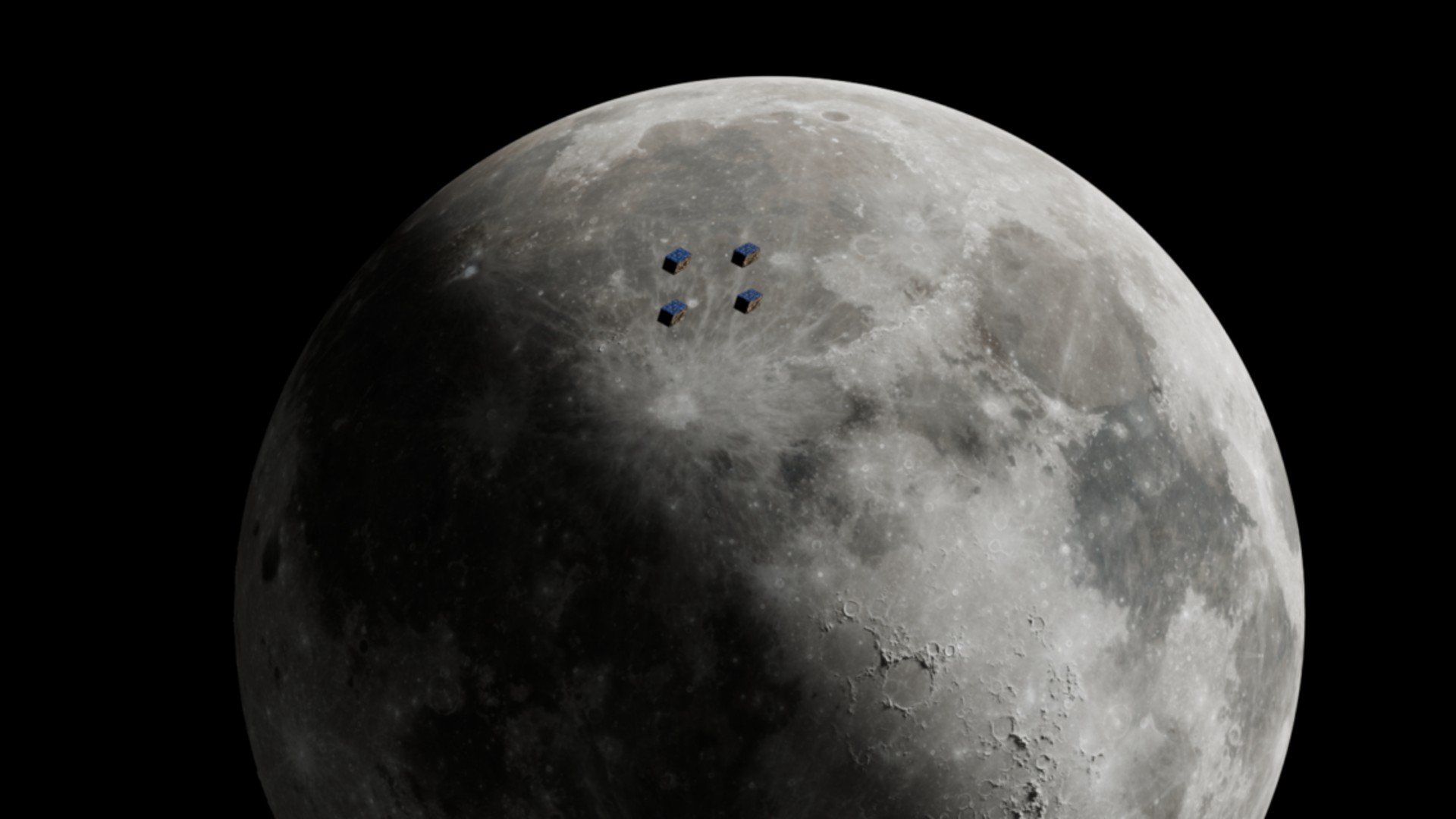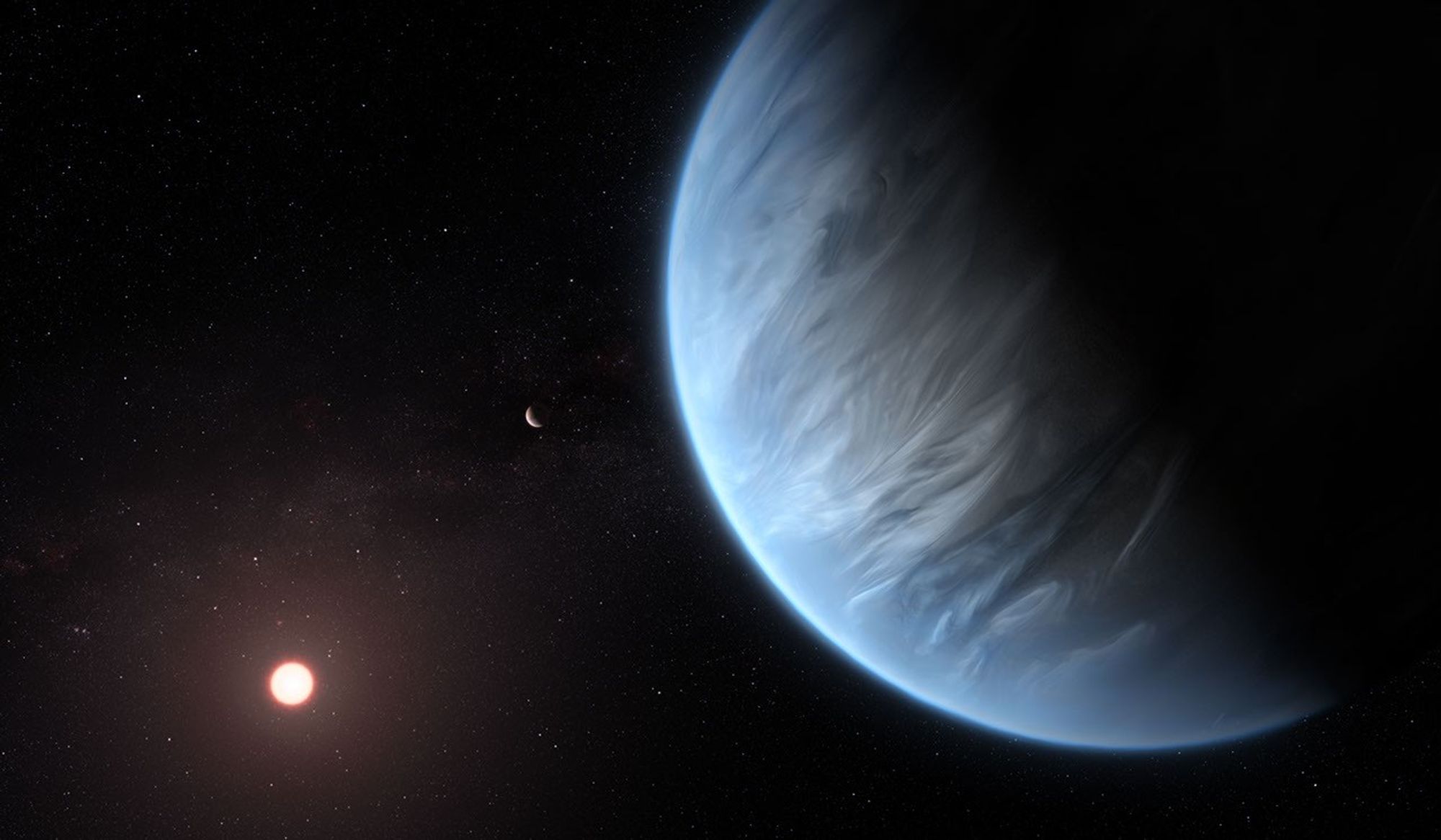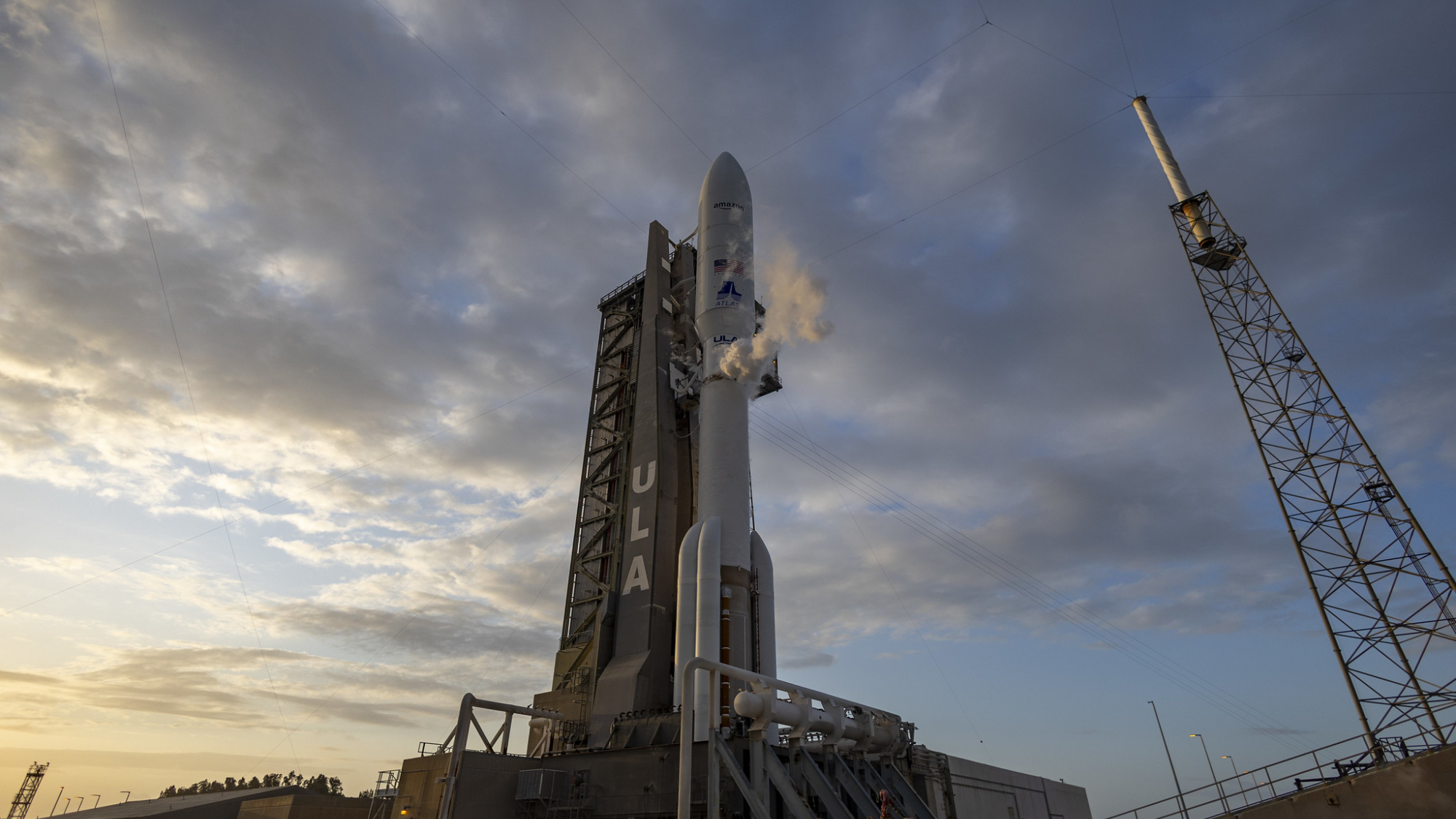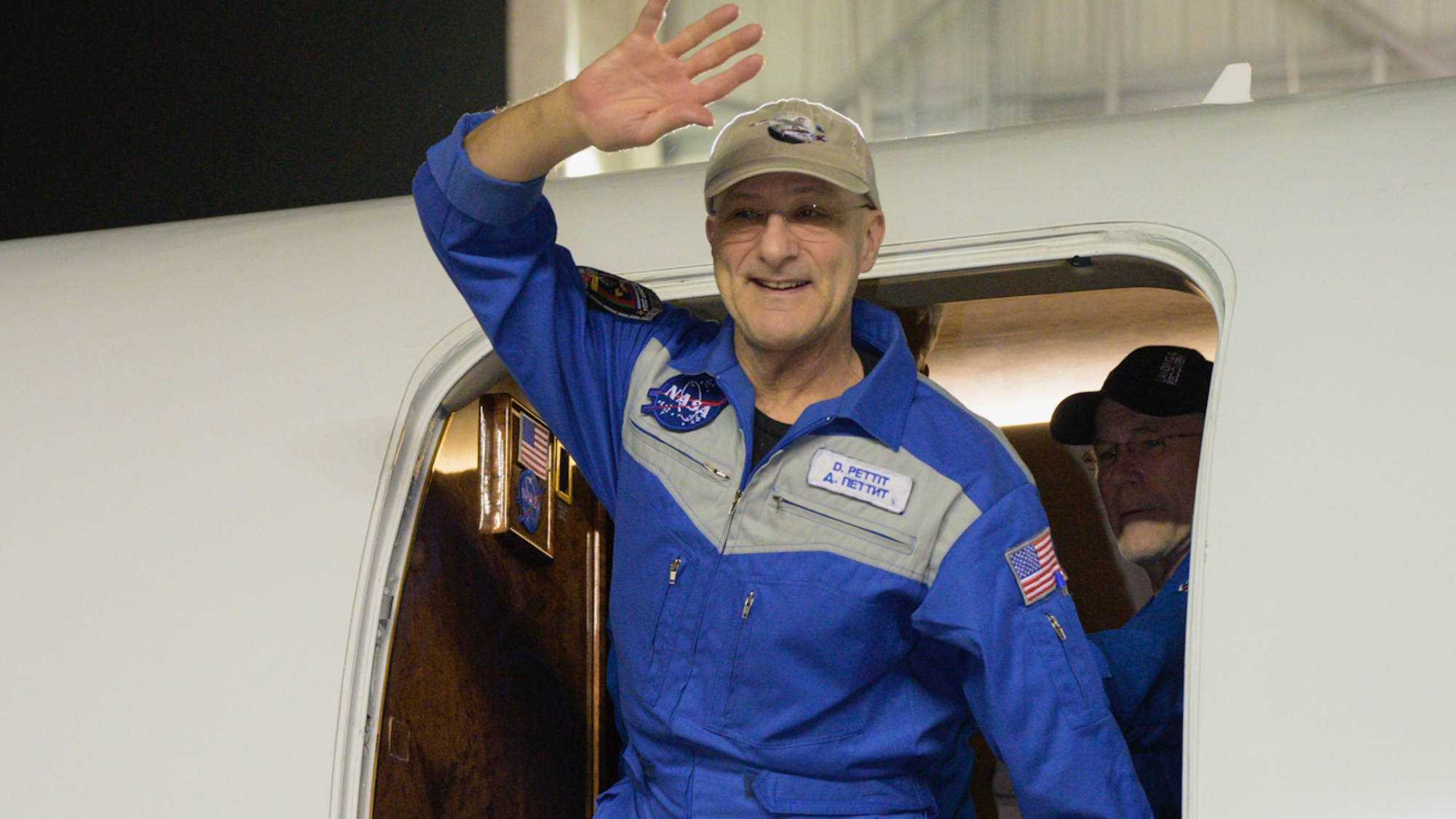Researchers Grow Record-sized Lab Meat
Researchers at the University of Tokyo have created what they believe is the largest single piece of lab-grown meat to date: a chicken nugget-sized chunk measuring 7 centimeters long, 4 centimeters wide, and 2.25 centimeters thick, weighing 11 grams. The breakthrough, reported today in Trends in Biotechnology, uses an artificial circulatory system to overcome a fundamental limitation in cultured meat production. The team, led by biohybrid system engineer Shoji Takeuchi, grew cells around a network of semipermeable hollow fibers -- similar to those used in water filters and dialysis machines -- that deliver nutrients and oxygen throughout the tissue. Unlike most commercial approaches that produce tiny meat fragments later assembled with binders or scaffolds, this method creates a single coherent piece with more natural structure and texture. This is the first working model using tubes to grow muscle tissue into a thick slab, according to Mark Post, chief science officer at Mosa Meat, who created the world's first lab-grown hamburger in 2013. Significant hurdles remain before commercialization. The hollow fibers aren't edible and must be manually removed. Researchers are exploring automating this process or creating edible alternatives using cellulose. Read more of this story at Slashdot.

Read more of this story at Slashdot.
























